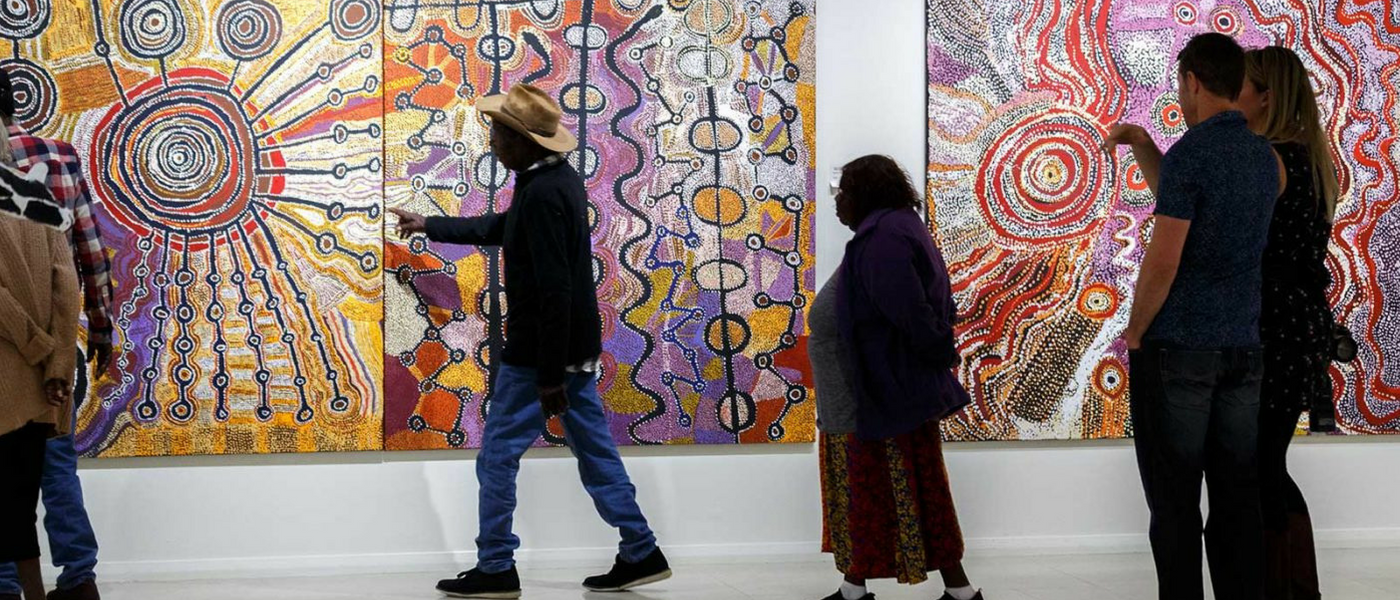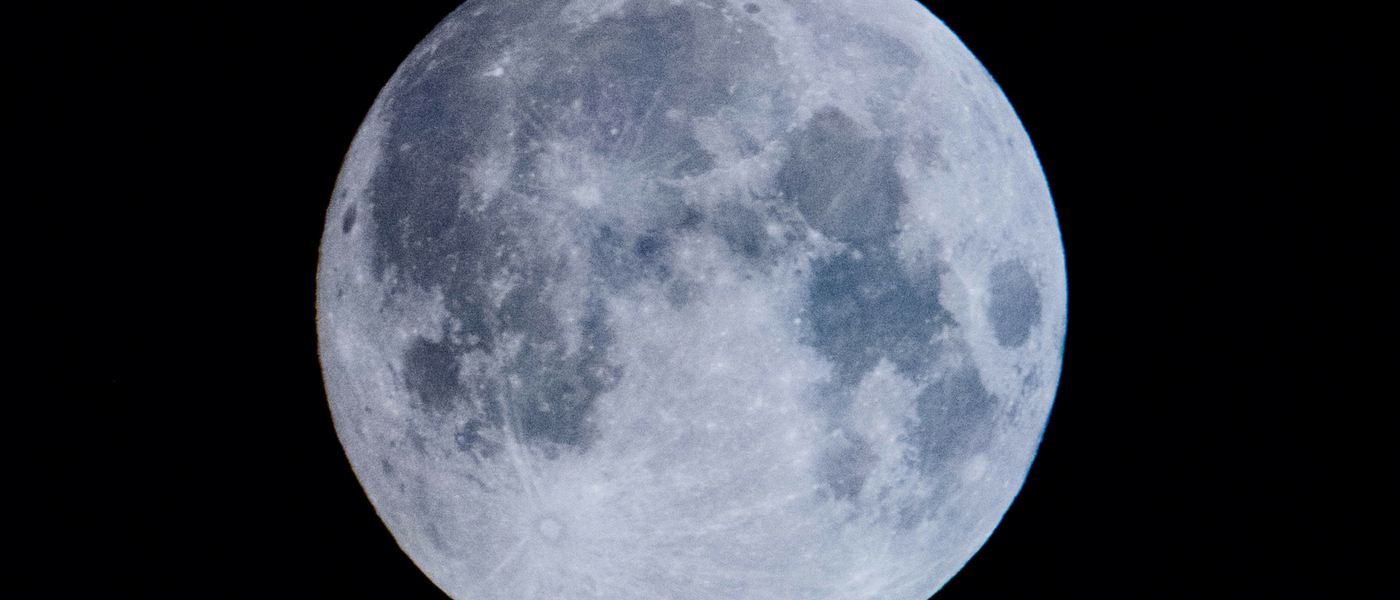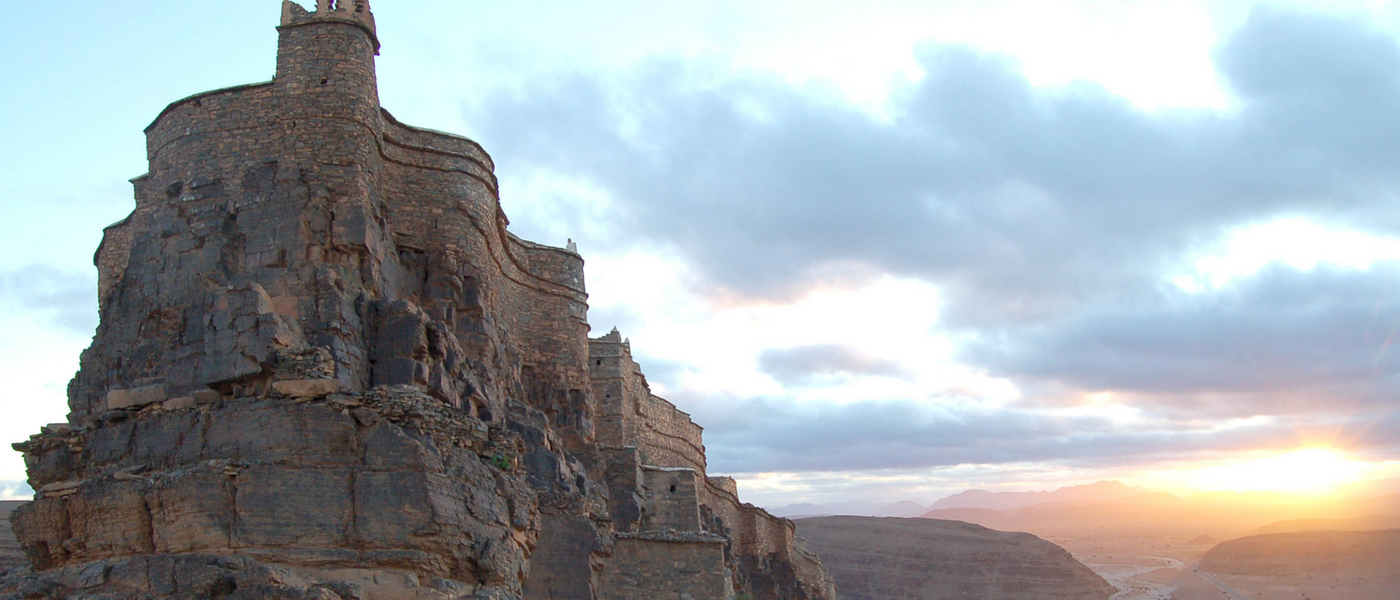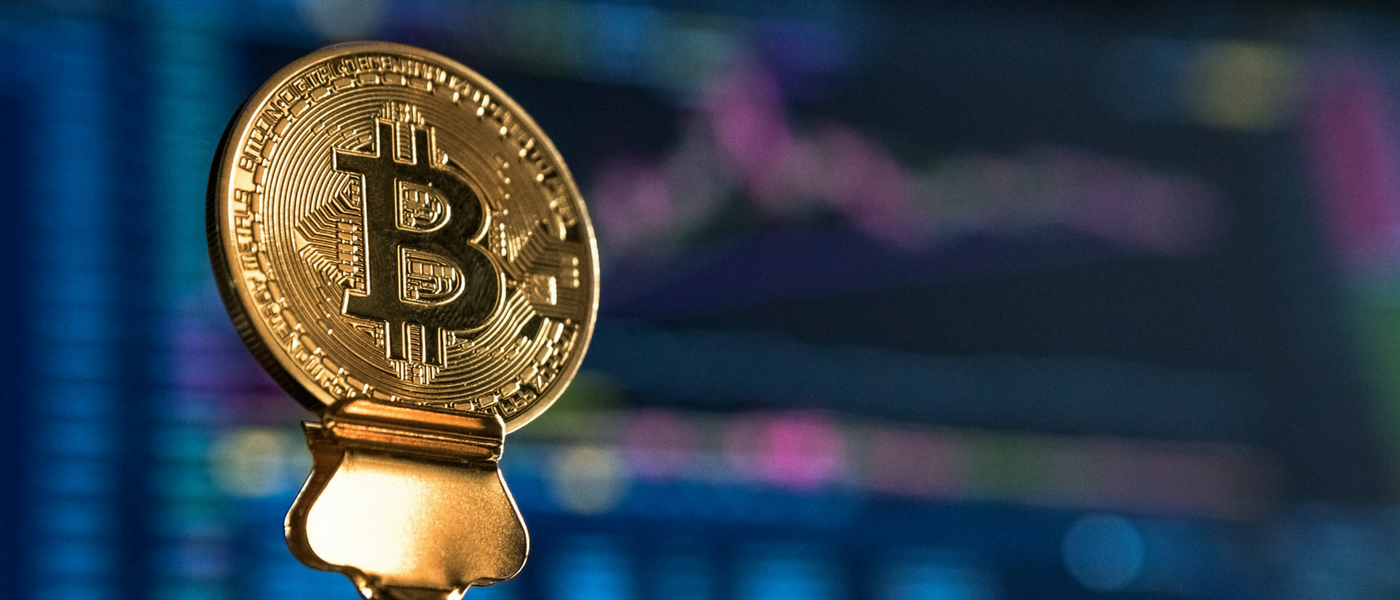Blockchain is widely regarded as a promising panacea, a way to improve such diverse sectors as online gaming, political engagement, and even medical recordkeeping. In the cultural heritage sector, many tout the benefits of blockchain for saving historic sites and combating antiquities smuggling. But can blockchain actually “save” cultural heritage?
Cultural heritage is no stranger to new technologies. In the ongoing quest to document, conserve, and restore historic sites and monuments, heritage practitioners have consistently and creatively adopted a wide range of technological options. From LiDar imaging to 3D renders and computer models, modern technologies are invaluable resources in the world of historic conservation.
A new technology has now captured the attention of the heritage field: blockchain. Media headlines increasingly tout blockchain—and its related technological sibling, cryptocurrency—as a way to “save” endangered heritage site by tracking antiquities and documenting unique historic locations. But before unequivocally singing the praises of blockchain, it is worth investigating how this technology works and how realistically it can be wielded in the fight for heritage conservation.

Many hope that blockchain can help protect the world’s special places and cultural treasures.
WHAT IS BLOCKCHAIN?
“Blockchain” is an oft-repeated buzzword, but how does the technology work? For a simplified version of this complex concept, consider a scenario likely to be familiar—working with colleagues on a shared document. As Coindesk explains:
The traditional way of sharing documents with collaboration is to send a Microsoft Word document to another recipient, and ask them to make revisions to it.
The problem with that scenario is that you need to wait until receiving a return copy before you can see or make other changes, because you are locked out of editing it until the other person is done with it.
That’s how databases work today. Two owners can’t update the same record at once.
Now, to contrast that traditional process with a system built on blockchain, consider a document in a cloud-based system like Google Docs. Through the cloud, a team can collaborate together on a document without creating multiple, out-of-sync versions of the document.

Information on a blockchain is shared to a network.
This example is similar to how blockchain works. Information on a blockchain is shared to a network as a database that cannot be corrupted in one single place. Instead of having a central “master version” of a database, information is no longer controlled by a single owner or software. Control of information is instead shared among collaborators in a revolutionary change from past information distribution.
THE GLOBAL ART MARKET ADOPTS BLOCKCHAIN
To understand how blockchain can potentially impact the world of cultural heritage, it is helpful to examine current examples from related fields.
The international art market often overlaps with the global antiquities trade, and blockchain is already being utilized in the art world to reduce forgeries and increase information accessibility. A new platform, ArtChain Global, is using blockchain to empower art owners by allowing them to attach their own information to art pieces. Instead of relying on art dealers or auction houses for information verification, owners may soon be able to document the authenticity of their pieces and independently verify whether particular works are forgeries or authentic. As ArtChain Global founder Cameron MacQueen explains, “Currently, you question if a piece of art is really worth $20,000 or if it’s more like $3,000, but we’re trying to fix that and ensure buyers can check the records and see the whole history of who has owned it and at what price it’s been sold.”

Organizations such as ArtChain Global and Desart seek to track cultural items like art through blockchain. Photo: Desart
Governments are also testing blockchain by studying how it may help track Indigenous art. In an effort to crack down on the sale of inauthentic Indigenous cultural products, Australia is investing in a pilot program to label and track authentic Aboriginal and Torres Strait Islander products. Working with non-profit organizations Desart and The Copyright Agency, the Department of Communications and the Arts plans to launch the pilot program in early 2019. The Minister for Communications and the Arts, Senator Mitch Fifield, explains that the program holds great promise for both artists and purchasers: “The digital codes will allow consumers to track the artwork’s journey from a remote community to the store shelf and see information on provenance and the artist.”
BLOCKCHAIN AND CULTURAL HERITAGE
So how might these developments in blockchain impact the cultural heritage sector? To begin, museums may be able to use blockchain to track heritage items. A research team from Tsinghua University in China is currently developing a process utilizing blockchain to store and share digital versions of cultural items. After digitizing cultural artifacts through 3D computer modeling, the system will reportedly be able to store associated data on a private blockchain in order to establish a secure ledger that will provide private security alongside public visibility.

For All Moonkind aims to map lunar heritage sites through blockchain.
Besides using blockchain to record cultural items, there is also discussion around how blockchain can assist efforts to document and share information about cultural sites, even for locations outside of the traditional “heritage” umbrella. Some innovators are looking beyond traditional heritage sites to faraway locations—all the way to the moon, in fact. A new nonprofit, For All Moonkind, aims to map lunar heritage sites through blockchain. “Unlike similar sites on Earth that are protected under the UNESCO World Heritage Convention, sites on the Moon, which bear witness to unparalleled technological accomplishments, are not protected or even recognized by international law,” explains FAM co-founder Michelle Hanlon. “Creating an accountable registry of human cultural artifacts and sites on the Moon is the first step toward documenting, protecting, and celebrating our history before it is erased.”
BLOCKCHAIN: BOOM OR BUST?
Blockchain is clearly gaining traction in the modern heritage field. With developing examples in the global art sectors, blockchain may seem to hold extensive promise for bringing cultural information control to everyday people, allowing them to share information and maintain accurate records without requiring a central authority. Especially in today’s tumultuous political climate, such promises are extensively appealing. Who knows how many antiquities can be saved from looting or how much trafficking in cultural artifacts can be decreased through the widespread adoption of blockchain-based solutions?

Historic sites throughout the world, such as Morocco’s Collective Granaries, are in urgent need of protection.
However, a warning is in order. Blockchain is built on trust and the sharing of accurate data. Blockchain’s information sharing approach works when members of the blockchain network trust that the information is correct—a challenging standard to uphold as blockchain networks grow ever larger. Experts warn that while blockchain may appear secure, it can still be vulnerable to data compromises, which undermine the usefulness of this advancing technology. As the Harvard Business Review bluntly warns: “[Blockchain] is only as valuable as it is secure.”
In addition to insecure data, blockchain also carries a more insidious threat—that of blind techno-optimism. As the Berkeley Political Review warns, “The rise in techno-optimism, a belief which centers around the notion that future technologies will solve our current problems, is a seductive siren song of distant hope—and it is actually quite dangerous.” Technological developments often take inordinate amounts of time to develop, test, and deploy. Even today, simple software updates are routinely delayed by months or even years; imagine the time required to develop and produce feasible technological solutions for the myriad needs of complex heritage preservation. Furthermore, the success of these solutions is always guaranteed; the technologies of the future may spawn yet more problems that require further solutions.
The world’s vulnerable historic places cannot rely on a solution that will “one day” preserve and protect heritage. Although blockchain may eventually be an effective tool in the fight for heritage preservation, it currently runs the risk of obscuring other solutions that deserve further attention. In the interest of benefiting endangered heritage sites and cultural traditions, we cannot place all our eggs in blockchain’s basket.
FUTURE USES OF BLOCKCHAIN FOR HERITAGE
Just because blockchain has pitfalls does not mean that it cannot contribute to heritage conservation. After all, any technology runs the risk of being placed on an unsustainably high pedestal. Blockchain may not be a perfect solution for saving endangered cultural heritage, but it can provide assurances about historical data and accuracy by establishing unalterable records.

Blockchain may help heritage conservation organizations appeal to new donors through cryptocurrency.
In addition, blockchain can also help heritage conservation organizations appeal to new donors through cryptocurrency, which are built on blockchain technology. The UK charity English Heritage is now partnering with Giftcoin, “the world’s first cryptocurrency for charitable giving and good causes.” By accepting donations through Giftcoin, English Heritage hopes to appeal to a wider base of millennial donors. Perhaps this is a realistic benefit of blockchain to cultural heritage—not as an innovation to revolutionize how all cultural heritage data is stored and distributed, but as another tool in the ever-pressing need for funding and donor support.
Although blockchain does have great potential, it is important to be realistic about its applications in the fight to save endangered historic places. The rhetoric of blockchain “saving” heritage obfuscates the truth—that blockchain is just the latest in a long series of technologies contributing to the documentation, conservation, and restoration of our world’s historic places.

